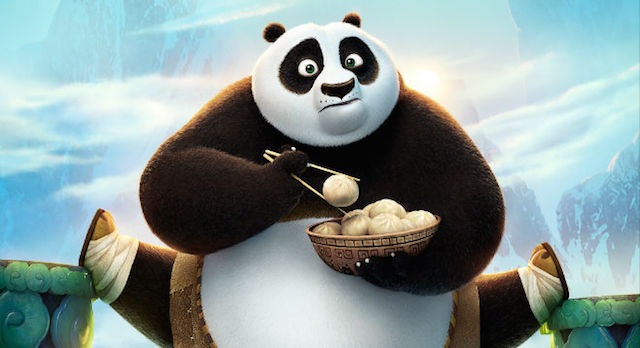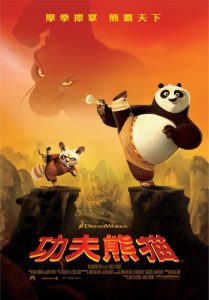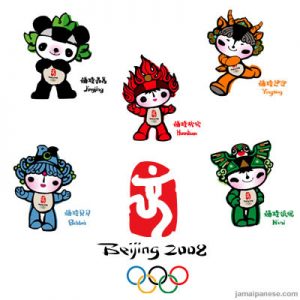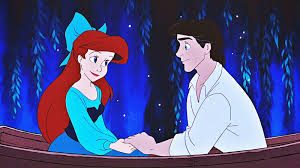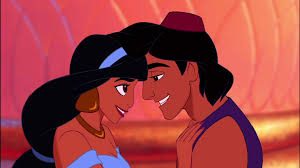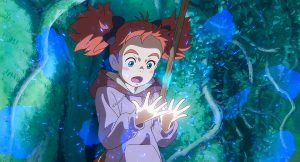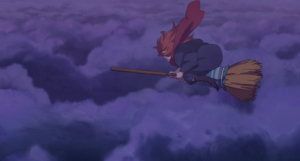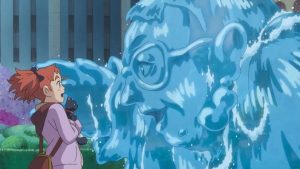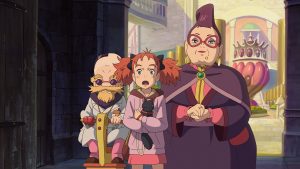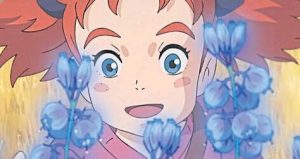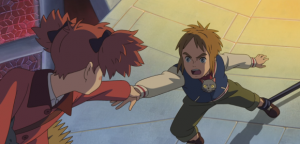
Animation and specifically cartoons are central in the youths of most American people. It is not only what we all looked to for entertainment in our younger years, but an essential tool in our developments. How many times can you remember watching one of your favorite cartoons as a child and not understanding something discussed or shown in the episode? Wanting to learn the meaning, we go to our parents and ask what was meant by its inclusion in the story. It is moments like this that show the media we consume as children can greatly influence and shape our understandings and future outlooks on the world.
Being a male who was raised in the United States, it’s needless to say that I grew up on cartoons. Much of my childhood revolved around the characters of animated shows on Nickelodeon, Cartoon Network and Disney. However, I am also an Asian-American male. For much of my youth, I noticed similarities between all of casts of characters in the shows I would watch; they all looked the same. In other words, they were mostly white. At the time it wasn’t something that particularly bothered me, but it was something I noticed. When you’re a child being partially influenced by the media you’re taking in, you want to feel represented in some way.
That’s not to say that Asians aren’t totally undepicted in American cartoons. It’s just that when they do appear, being Asian is usually their entire identity. Some shows such as Jackie Chan Adventures and American Dragon: Jake Long were shows with Asian protagonists. The only catch was that the entire premises of those cartoons revolved around the fact that the characters were Asian and had martial arts backgrounds. While that is by no means a negative thing, it feels like a veiled form of the idea of tokenism. It was rare to see a character in an animated program that was a normal character, unaffected by the fact that they happened to be Asian.
As for where this phenomena can become dangerous and problematic, it can be traced back to the earlier idea of cartoons being a significant influence on children’s development. When children watch these cartoons that do happen to portray Asian culture in the ways that the shows previously described do, it can cause them to pigeonhole what an entire culture does as a whole. In addition to that, it can also have negative effects on the actual Asian and Asian-American children who are viewing these programs and are still in the early influential stages of their childhoods. It supports the idea that their race and in this case Asian is the sole facet of their identity that defines them. Not seeing an animated character that looks like you sounds like an innocent enough problem initially, but when considering the cultural impact of this on a young and very impressionable mind, it runs the risk of giving the wrong information to them.
Cartoons targeted for a younger audience are extremely significant in their developments into adolescence and adulthood. Taking this into consideration, the creators of these programs should be mindful of the representations of not just Asian-Americans, but all races. We don’t want kids to come away thinking that their race is the only thing that defines them as people.

